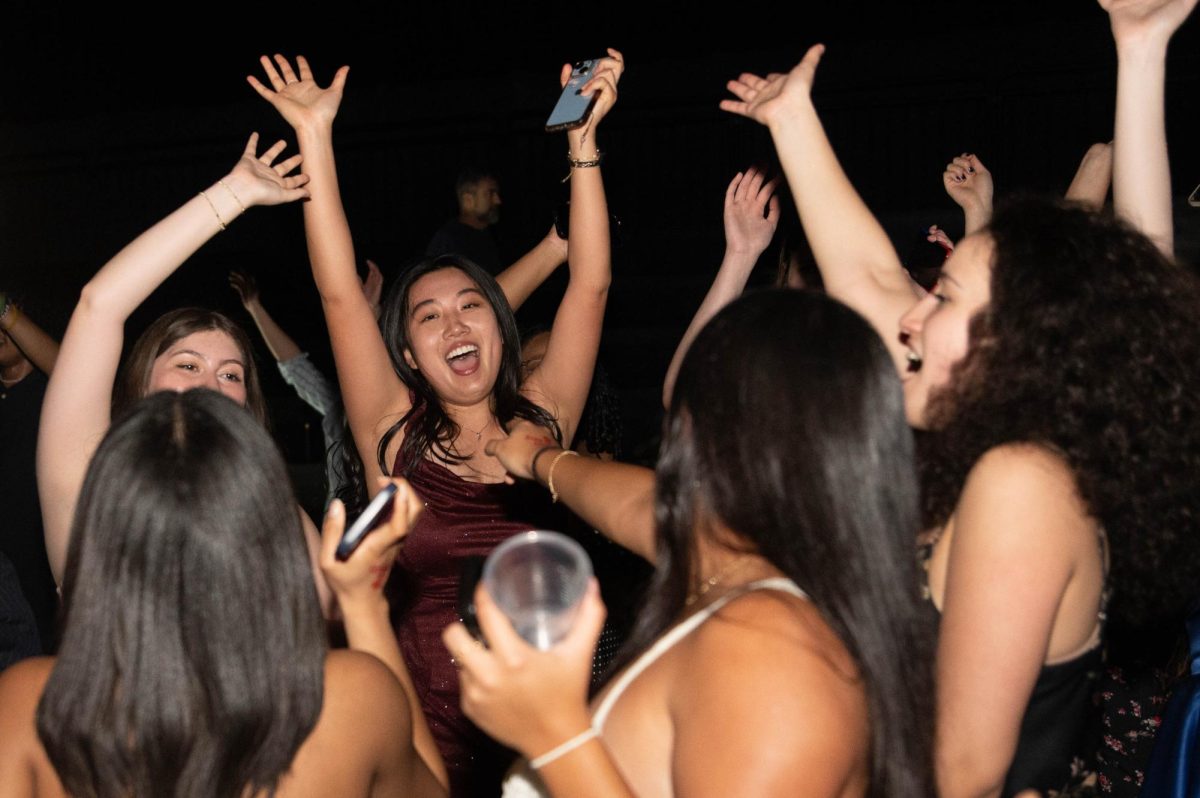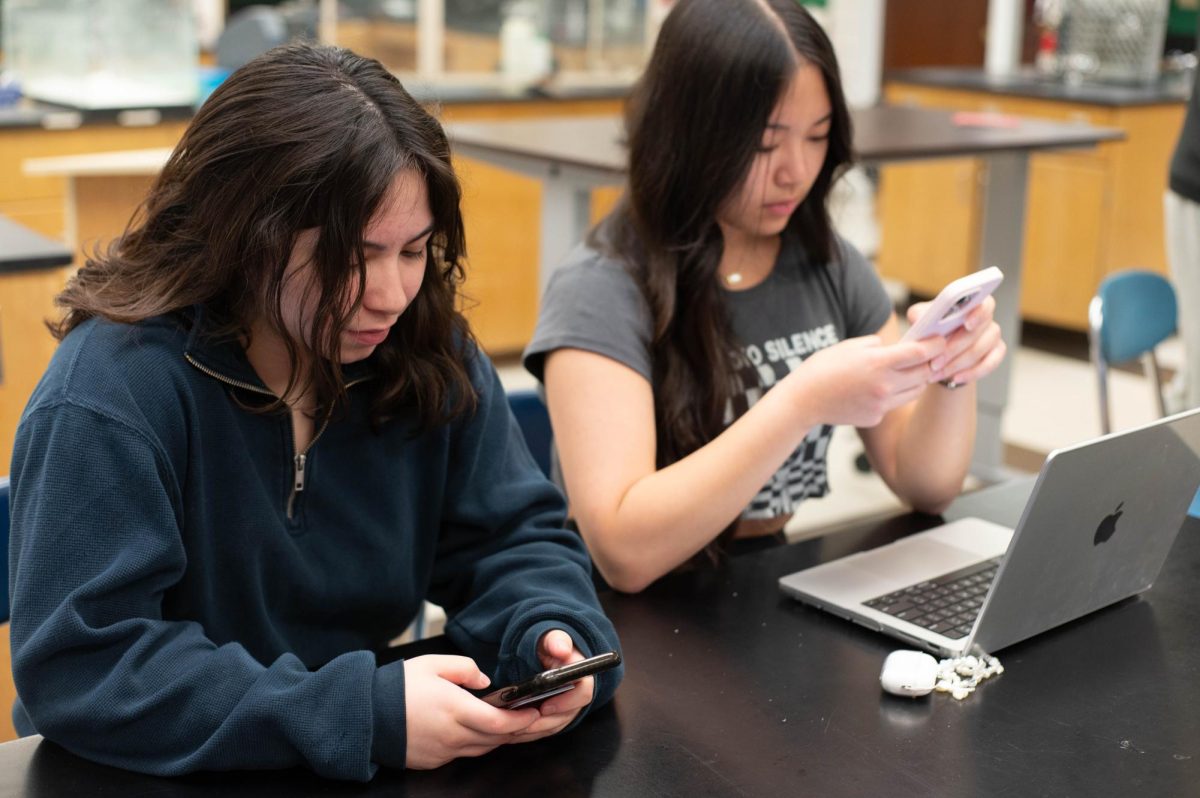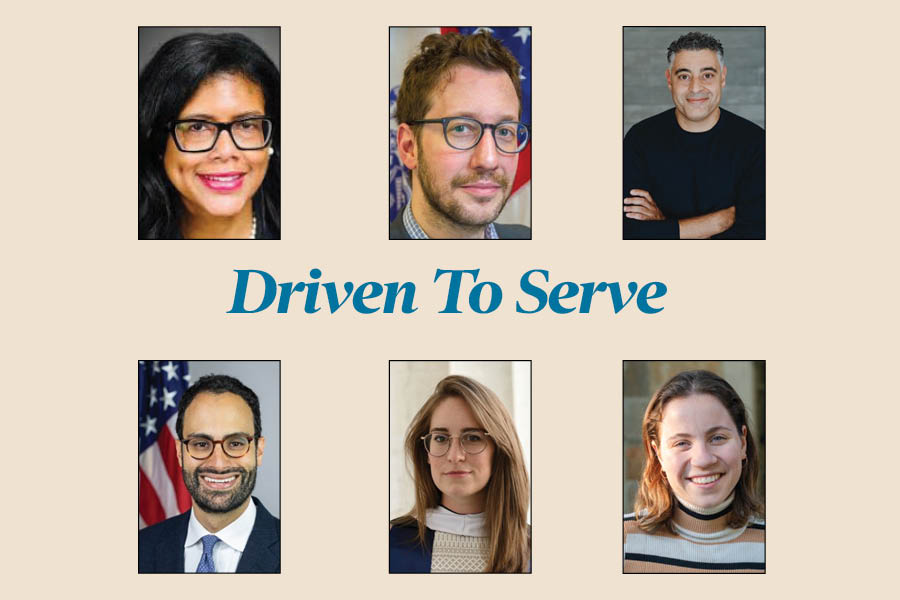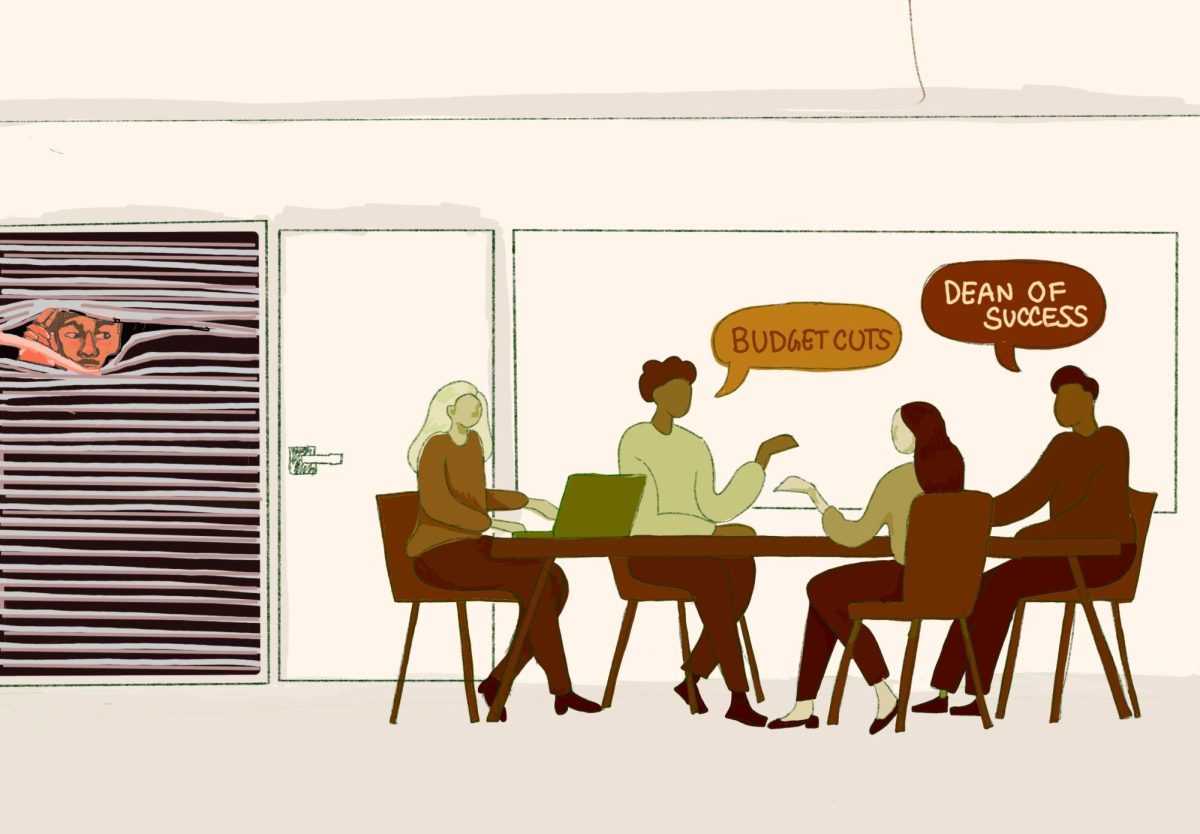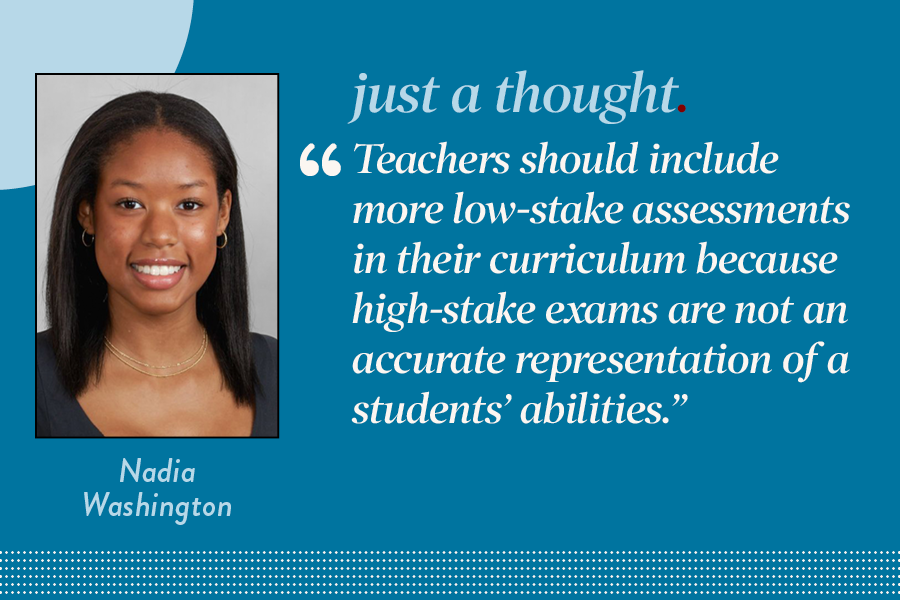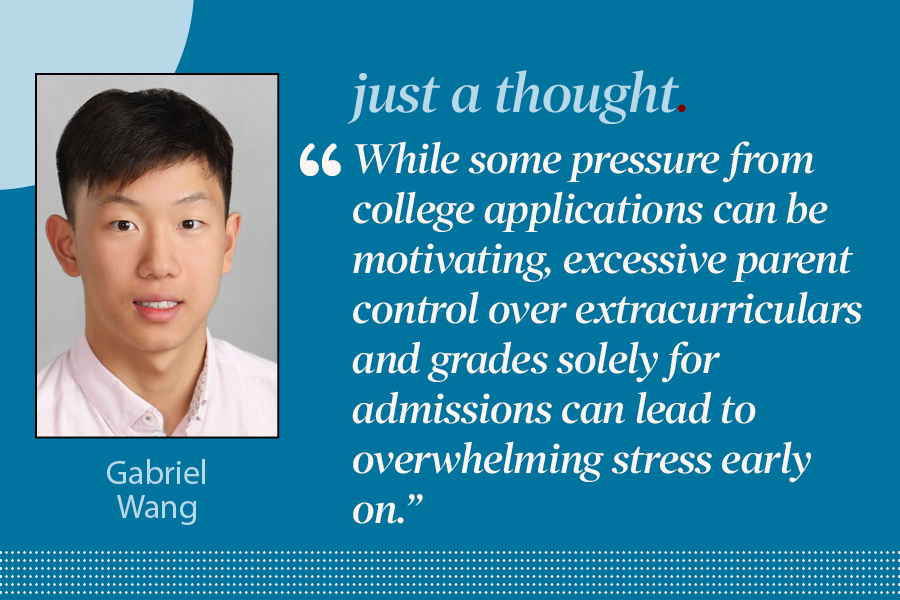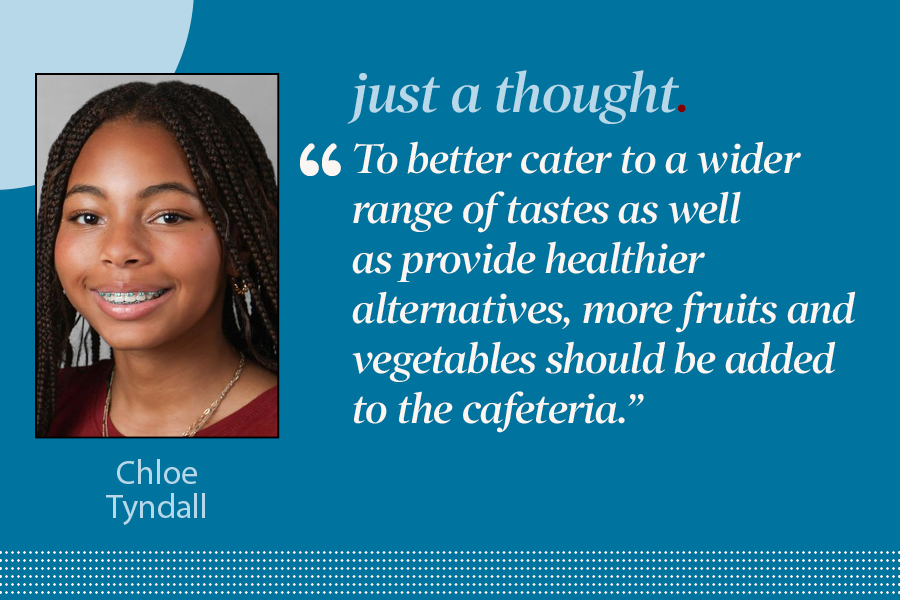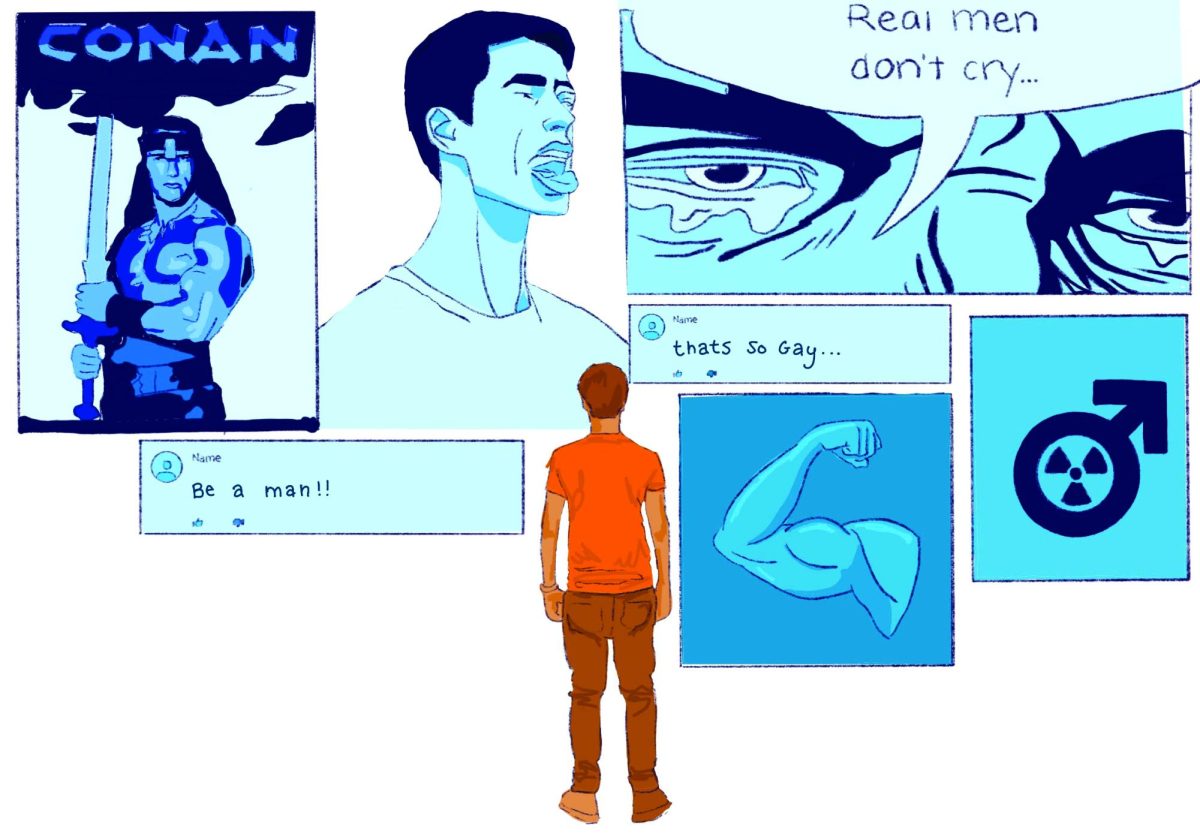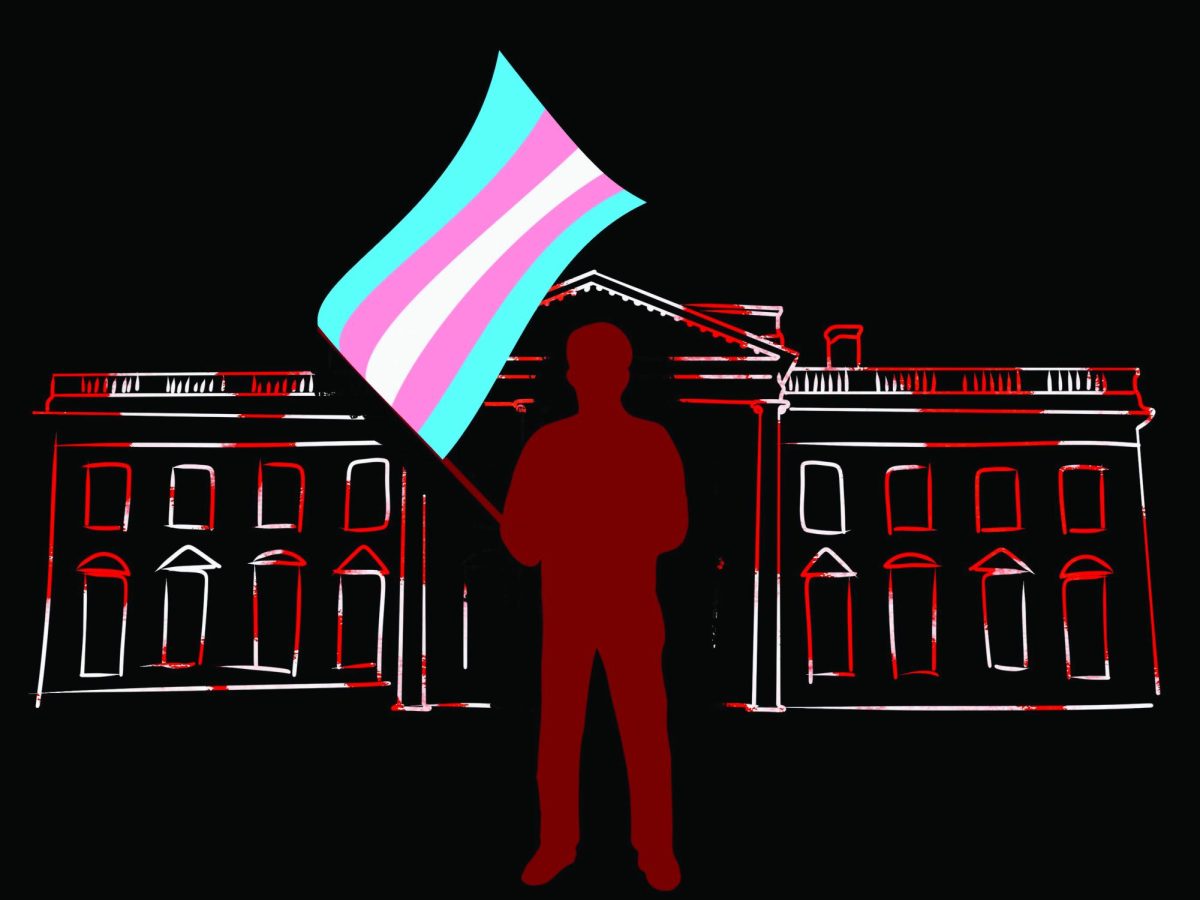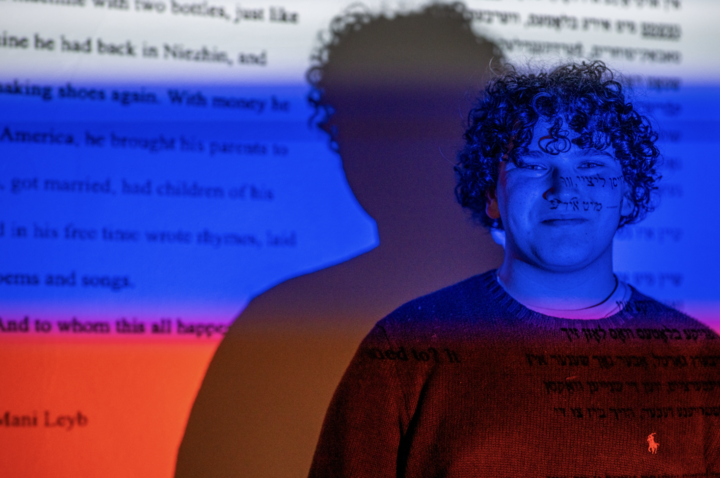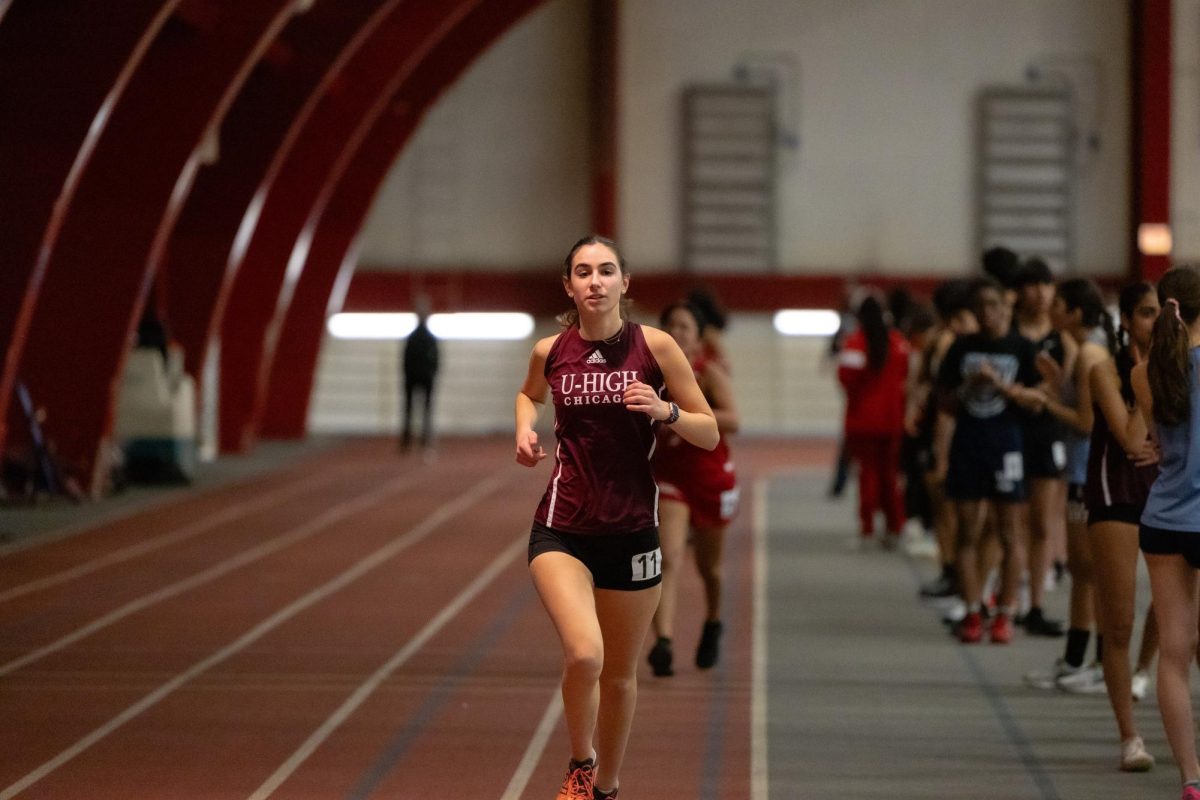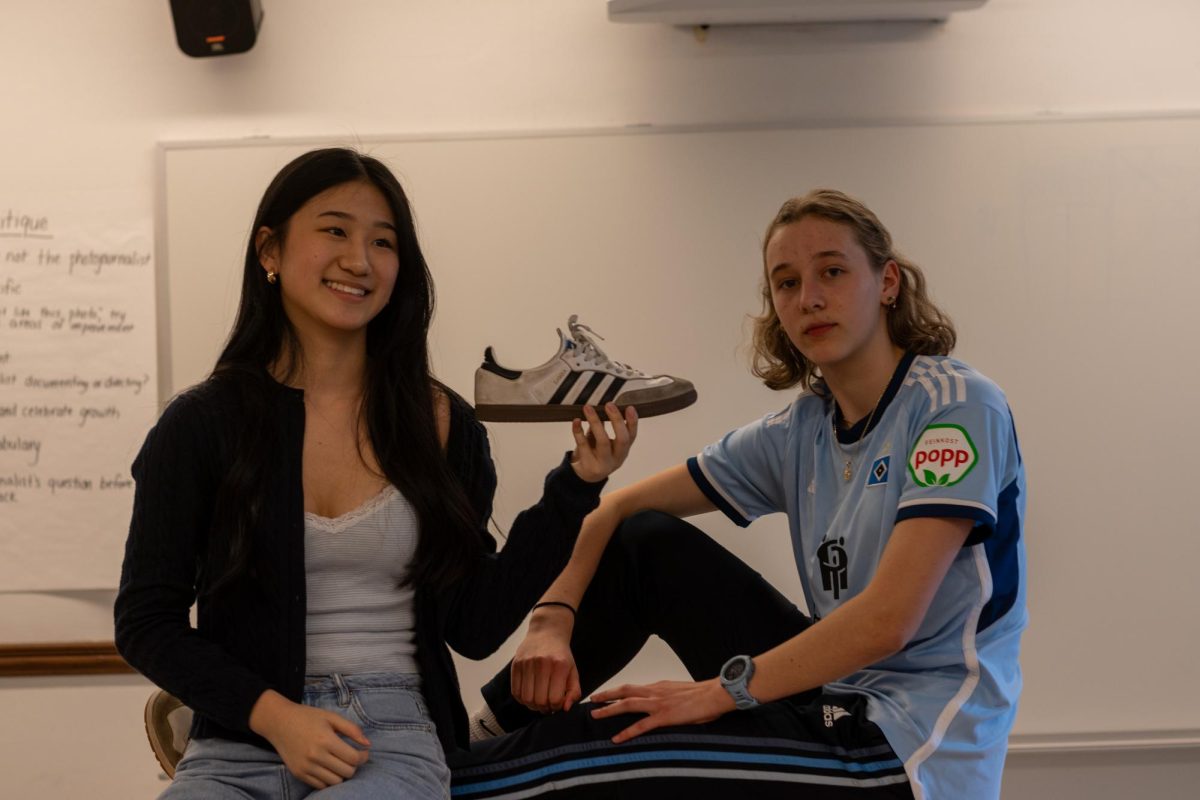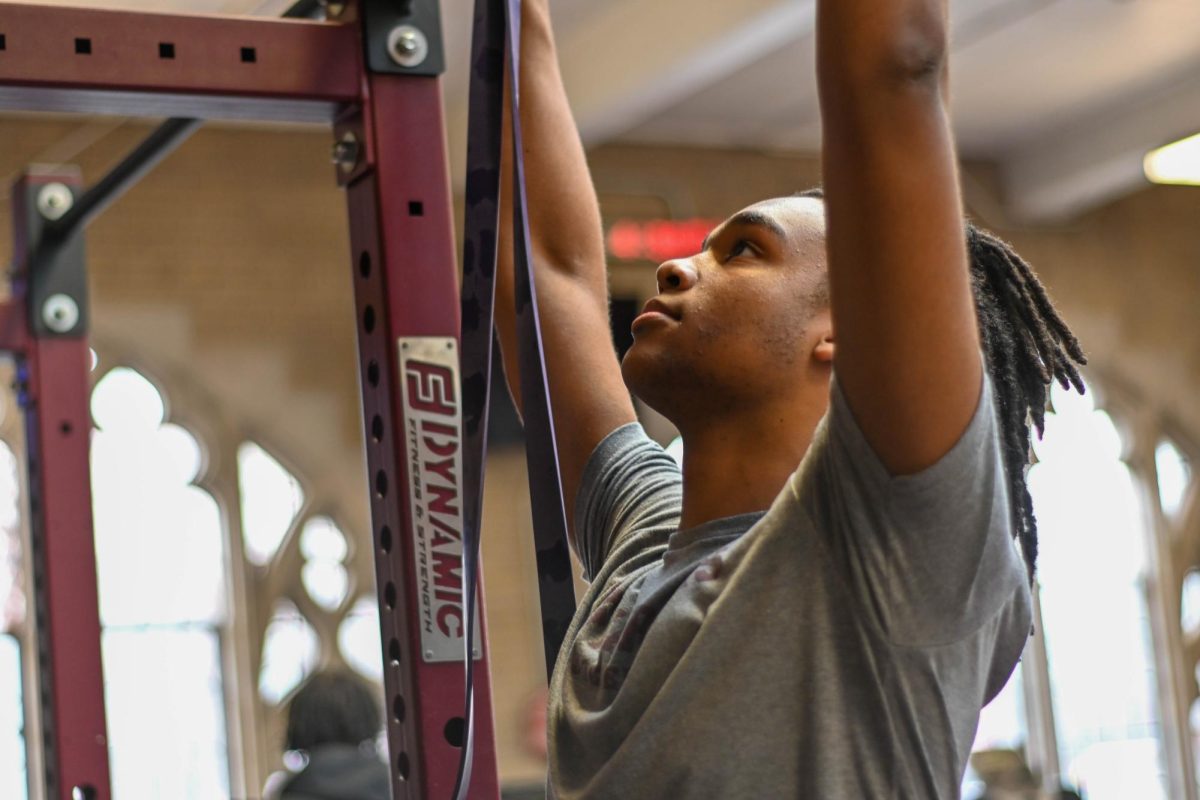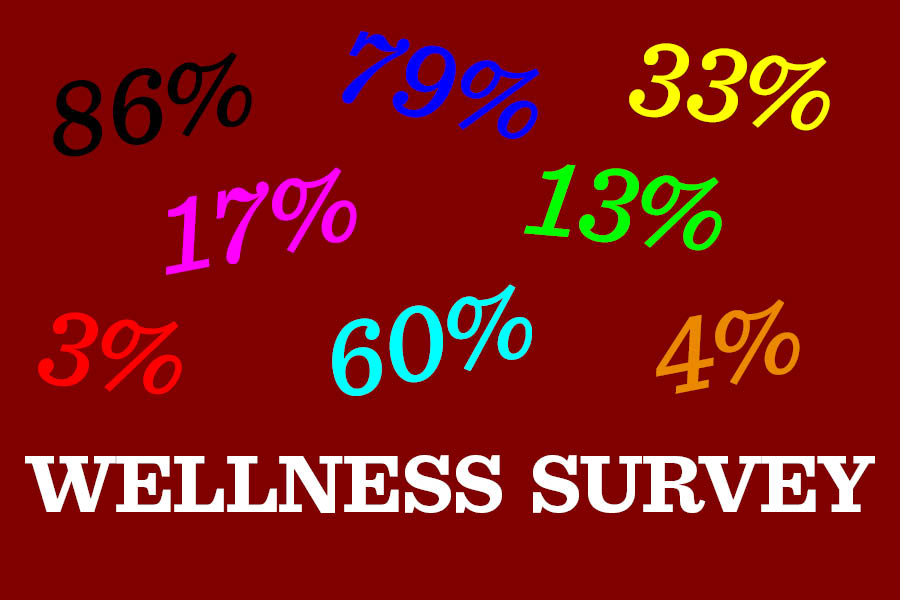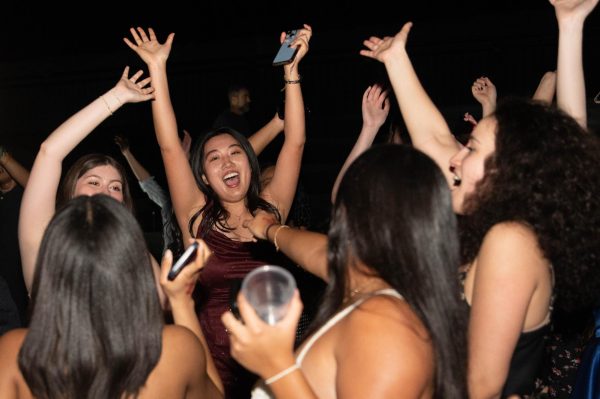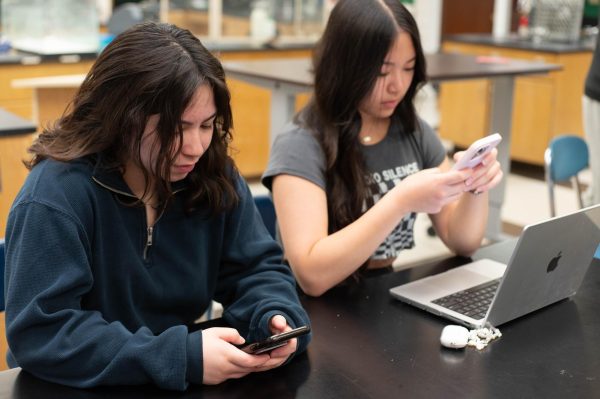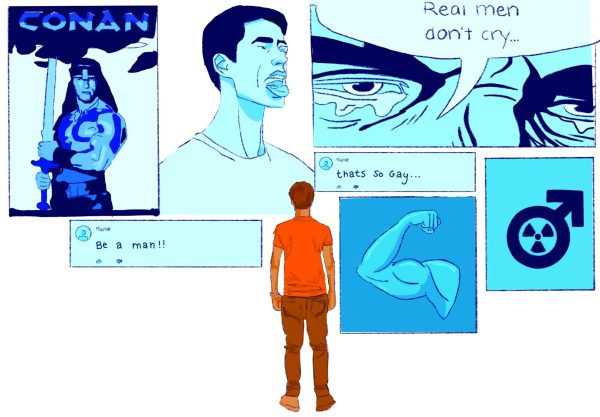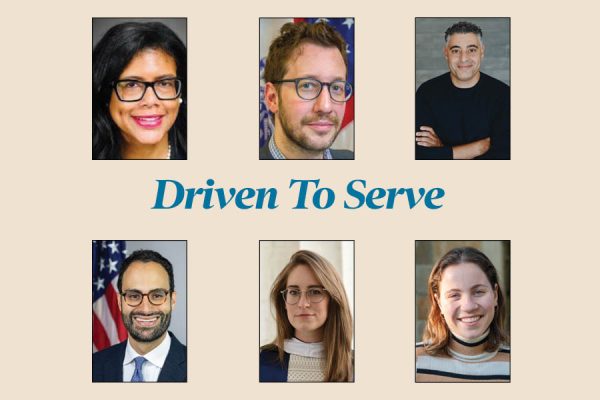Wellness survey reveals concerning statistics, shared experiences
Midway staff
With students taking the 2021 wellness survey beginning April 15, the executive summary of the 2020 wellness survey, released to the Lab community April 12, indicates several areas of concern with students’ well-being.
With students taking the 2021 wellness survey beginning April 15, the executive summary of the 2020 wellness survey, released to the Lab community April 12, indicates several areas of concern with students’ well-being.
Students took the last wellness survey March 5, 2020, one week before the transition to distance learning due to the coronavirus pandemic. According to Wellness and Title IX Coordinator Betsy Noel, the administration and counseling teams have been working with the data since the summer. With uncertainty caused by the pandemic, distance learning and hybrid learning as well as increase in awareness and conversation about race, inequality and mental health, Ms. Noel said, it was difficult to find the right time to release the data.
“It’s really important to view the results in a context — like, any particular number in a vacuum is really hard to process,” Ms. Noel said.
Ms. Noel said this makes last year’s data a great point of comparison for the difference between in-person and distance learning and pre- and post-pandemic experiences of students.
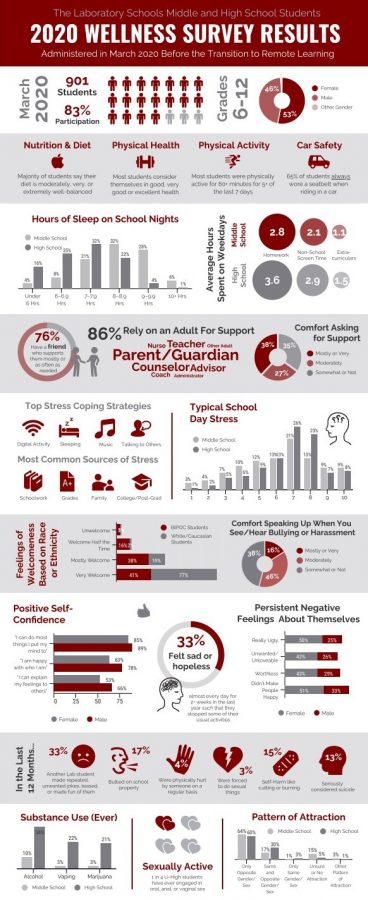
With other surveys and student forums showing many students increasingly struggling with mental health during distance learning, Ms. Noel highlighted concerning statistics surrounding self harm, suicidal thoughts, and ability to ask for help. The 2020 wellness data show that 15% of students had engaged in self-harm like cutting or burning in the prior 12 months and that 13% had seriously considered suicide.
“If a third of students only feel somewhat or not at all comfortable asking for support, and a third of students are feeling sad and hopeless,” Ms. Noel said. “That’s not a good thing to have in combination.”
The data also indicated that in most questions related to feelings of self worth, confidence and happiness, female-identifying students were more likely to report negative experiences.
The 2020 wellness survey included new questions about feelings of welcomeness based on race or ethnicity.
“We saw a marked difference between BI-POC students and white or Caucasian students. And that’s very troubling,” Ms. Noel said, using a term for Black, Indigenous and people of color, “but at the same time, really important information to have.”
According to Ms. Noel, it was a positive result that 86% of students said they have an adult they can rely on for support and 70% of students said they can rely on their parents specifically.
“While I would love that number to be 100%,” Ms. Noel said. “I think so many students feeling that they have an adult that they trust and rely on is wonderful.”
Ms. Noel predicts that having these connections to adults will increase in the 2021 wellness data as a result of distance learning. U-High students will respond to questions on the 2021 wellness survey during advisory periods between April 15 and 23.
“It’s been revised in response to feedback from students about things they wanted us to learn about from students,” Ms. Noel said.
She said the 2021 wellness survey will include new questions on mental health, DEI and substance use, and will no longer include the question on seatbelt use.
“It can be easy to say, ‘Oh, well, it’s always the same, everything’s always the same.’ But, this year was anything but the same, and we need to hear about the way in which it wasn’t the same,” Ms. Noel said. “There’s so much that we just don’t know about what people have experienced this year.”
In particular, Ms. Noel thinks the results, which will be available in the fall, will help not only help community adults understand the experiences of students, but also help students understand that they were not alone in their difficult experiences this year.
“The most important thing,” Ms. Noel said, “is that everyone has felt so alone, even people who have been having somewhat positive experiences over the last year, and hearing about the collective experience of them, is going to be really useful, especially for people who are struggling.”


